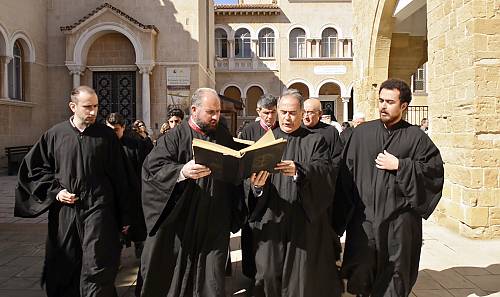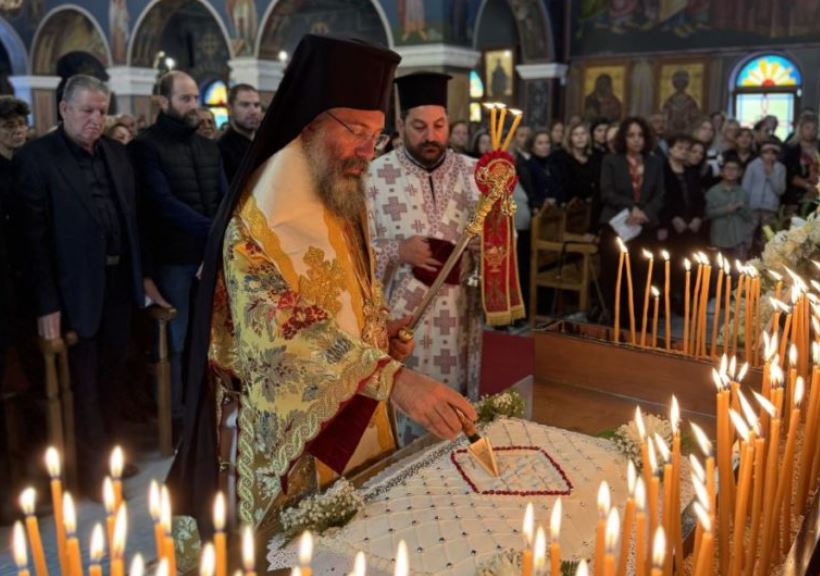Byzantine chant joins UNESCO list on intangible cultural heritage (video)

UNESCO has inscribed Byzantine chant in Cyprus and Greece on the Representative List of the Intangible Cultural Heritage of Humanity
The decision was taken by the Intergovernmental Committee for the Safeguarding of the Intangible Cultural Heritage meeting in Bogota which inscribed one more element on the List of Intangible Cultural Heritage in Need of Urgent Safeguarding and nine elements on the Representative List of Intangible Cultural Heritage of Humanity.
The committee listed the spring rite of Juraiski Karahod in Belarus as in need of urgent safeguarding.
The nine new additions to the representative list besides the Byzantine chant range from the seasonal droving of livestock along migratory routes in the Mediterranean and in the Alps to the traditional technique of making Airag in Khokhuur and its accociated customs in Mongolia and the Ommengang, Brussel’s annual historical procession and popular festival.
In its decision regarding Byzantine chant in Cyprus and Greece, UNESCO said: “As a living art that has existed for more than 2000 years, the Byzantine chant is a significant cultural tradition and comprehensive music system forming part of the common musical traditions that developed in the Byzantine Empire.
Highlighting and musically enhancing the liturgical texts of the Greek Orthodox Church, it is inextricably linked with spiritual life and religious worship. This vocal art is mainly focused on rendering the ecclesiastical text; arguably, the chant exists because of the word (‘logos’), since every aspect of the tradition serves to spread the sacred message.
“Passed on aurally across the generations, its main characteristics have remained over the centuries: it is exclusively vocal music; it is essentially monophonic; the chants are codified into an eight-mode or eight-tone system; and the chant employs different styles of rhythm to accentuate the desired syllables of specific words.
“Though the Psaltic Art has always been linked to the male voice, women chanters are common in nunneries and participate in parishes to some extent. In addition to its transmission in church, the Byzantine chant is flourishing due to the dedication of experts and non-experts alike – including musicians, choir members, composers, musicologists and scholars – who contribute to its study, performance and dissemination. ”
The Representative List seeks to enhance visibility for the traditional practices and know-how of communities without recognising standards of excellence or exclusivity.
H αναδημοσίευση του παραπάνω άρθρου ή μέρους του επιτρέπεται μόνο αν αναφέρεται ως πηγή το ORTHODOXIANEWSAGENCY.GR με ενεργό σύνδεσμο στην εν λόγω καταχώρηση.
Ακολούθησε το ORTHODOXIANEWSAGENCY.gr στο Google News και μάθε πρώτος όλες τις ειδήσεις.


















